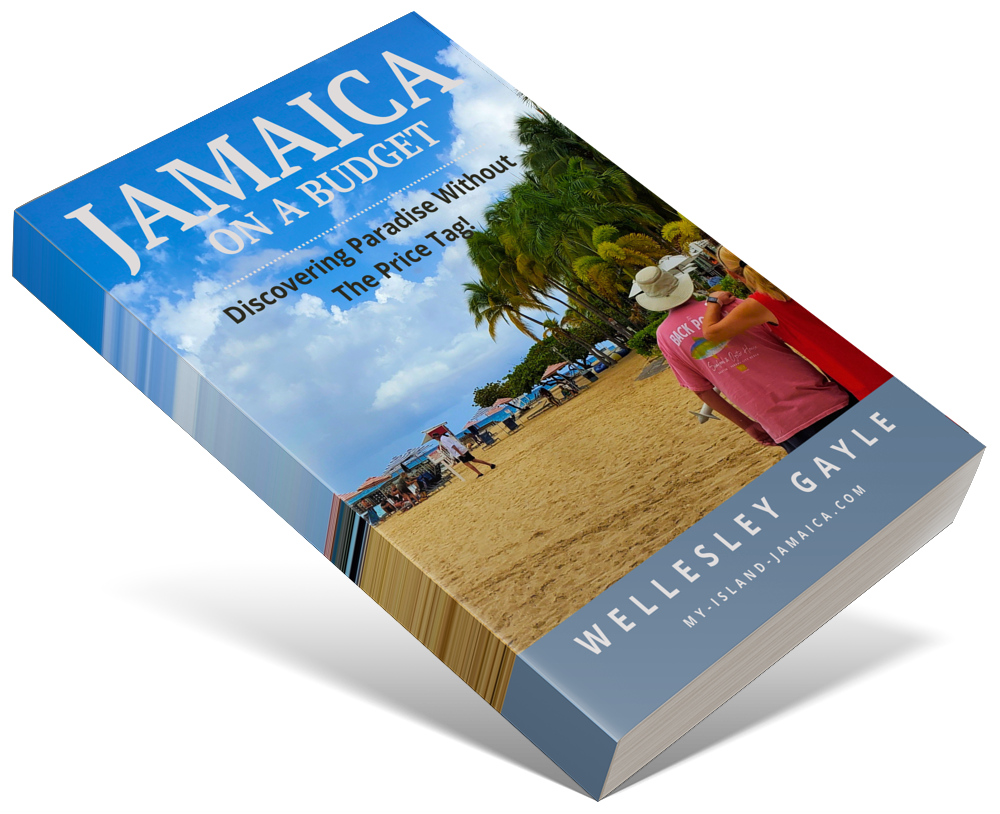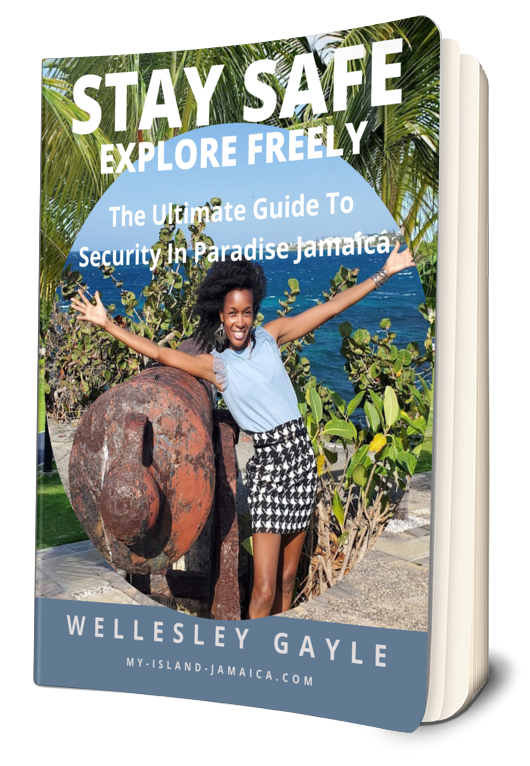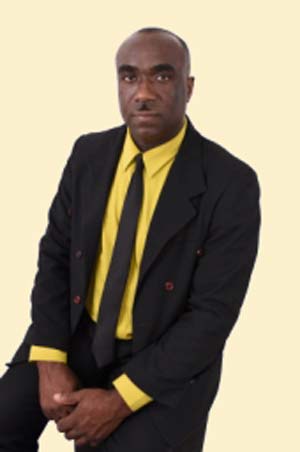Subscribe for all my updates and don't miss a thing! Sign me up!
What was the cause of the Morant Bay rebellion in Jamaica?
The Morant Bay Rebellion was an important turning point in the The History Of Jamaica. After an official inquiry by a royal commission, the Governor was dismissed and the political constitution of Jamaica was transformed. Direct rule from London, called the "Crown Colony Government", was also established in its place.
But what triggered the uprising?
Hmm... great question!
In the years following Emancipation, the government was still controlled by the wealthy and powerful white class and the peasants had no representation to speak on their behalf. This frustrated them.
Several other factors contributed to social and economic hardship.
These included:
- The collapse of the sugar industry
- Widespread unemployment:
- An increase in the price of imported goods caused by the American Civil War:
- Heavy taxation and the scarcity of money:
- The outbreak of cholera and smallpox in the 1850s, approximately which killed approximately 50,000 people;
- drought: and
- a justice system which worked 'against the peasants. It was made up mostly of the managers of the estates. It was virtually impossible for the estate labourers to get justice.
There was also the problem of finding fertile land on which to farm and live. Some peasants in their desperation squatted on lands and were often evicted and arrested.
To further worsen the situation, in 1862, Edward John Eyre was appointed governor of Jamaica. He was said to have no sympathy for the peasants.
There was, however, one wealthy merchant and planter, George William Gordon, who sympathized with the plight of the peasants and who spoke up for them. George William Gordon was the son of a slave woman and a Scottish planter.
Although born a slave, through determination and hard work, he educated himself and was elected to the Legislative Assembly in 1844. He knew Paul Bugle, a prosperous small farmer from Stony Gut. St. Thomas and had him ordained a Deacon of the Baptist Church in March 1864.
Paul Bogle was a natural leader and the people took him as their spokesman.
On August 12, 1865, Bogle led a group on a 72-kilometre (approximately 45 miles) march from Stony Gut to Spanish Town to see the Governor. He, however, refused to see them.
The frustration of the peasants continued to grow until it erupted on October 11, 1865. Violence broke out during a march on the Morant Bay courthouse led by Bogle.
In the ensuing clash between the people from Stony Gut on one hand and the armed volunteer forces and some policemen on the other.
After 7 persons were shot and killed by the militia, The courthouse, which the angry protesters felt symbolized injustice and oppression, was burnt.
A number of other persons, including the Custos, were later killed.
I hope this helps.
I also recommend you read Paul Bogle National Hero Of Jamaica.
As usual, I welcome your comments.
Regards,
WG
References
- Freedom Road, JIS Publication
- Team Jamaica Handbook, 5th Edition
- Senior, Olive, Encyclopedia of Jamaican Heritage, 2003.
Editor's Note
Do you have a question? Submit it right here! With well over 2000 questions already answered, chances are we can assist :-)
Comments for What was the cause of the Morant Bay rebellion in Jamaica?
|
||
|
||
New! Get My Latest Book👇🏿
|
You asked, I've answered! You no longer need to save for months or years, to enjoy paradise! I spilled the beans! sharing my top tips on finding cozy accommodations and secret gems, only the way a native could! Click Here to pick it up on my e-store and start saving now! |
See The Best Of Jamaica - In Videos!
|
My channel reaches over 140,000 subscribers worldwide and has leveraged over 11 million views, sharing, what I call 'The Real Jamaica'. Subscribe today and join our family of viewers. |
Read More ...
New! Experience The REAL Jamaica!
Book Your Private Tour here and experience Jamaica the way we (locals) do!
P.S. Didn't find what you were looking for?
Still need help?
Click Here to try our dependable and effective Site Search tool. It works!
Or, simply click here and here, to browse my library of over 500 questions and answers! Chances are someone already asked (and got an answer to) your question.











